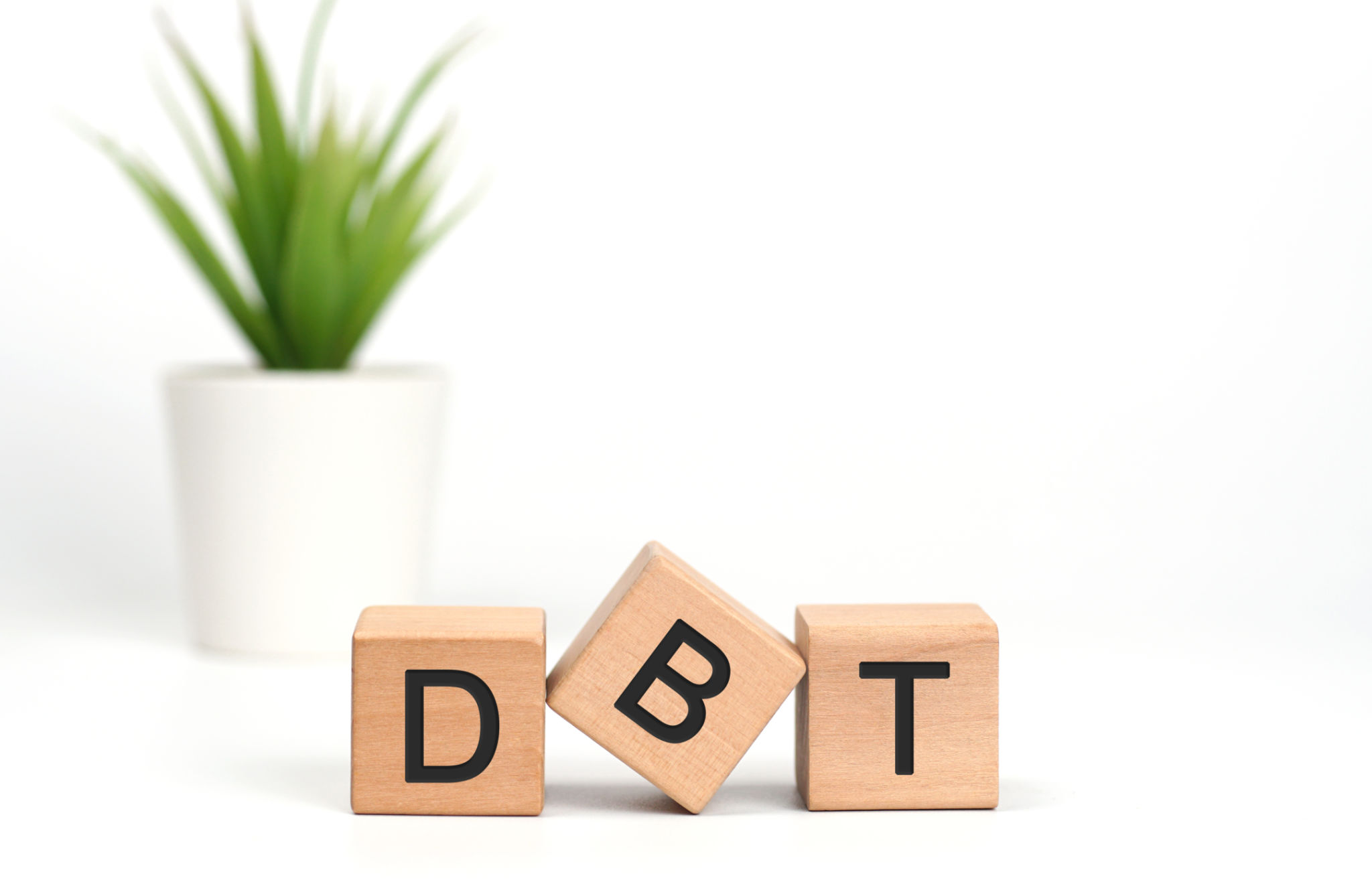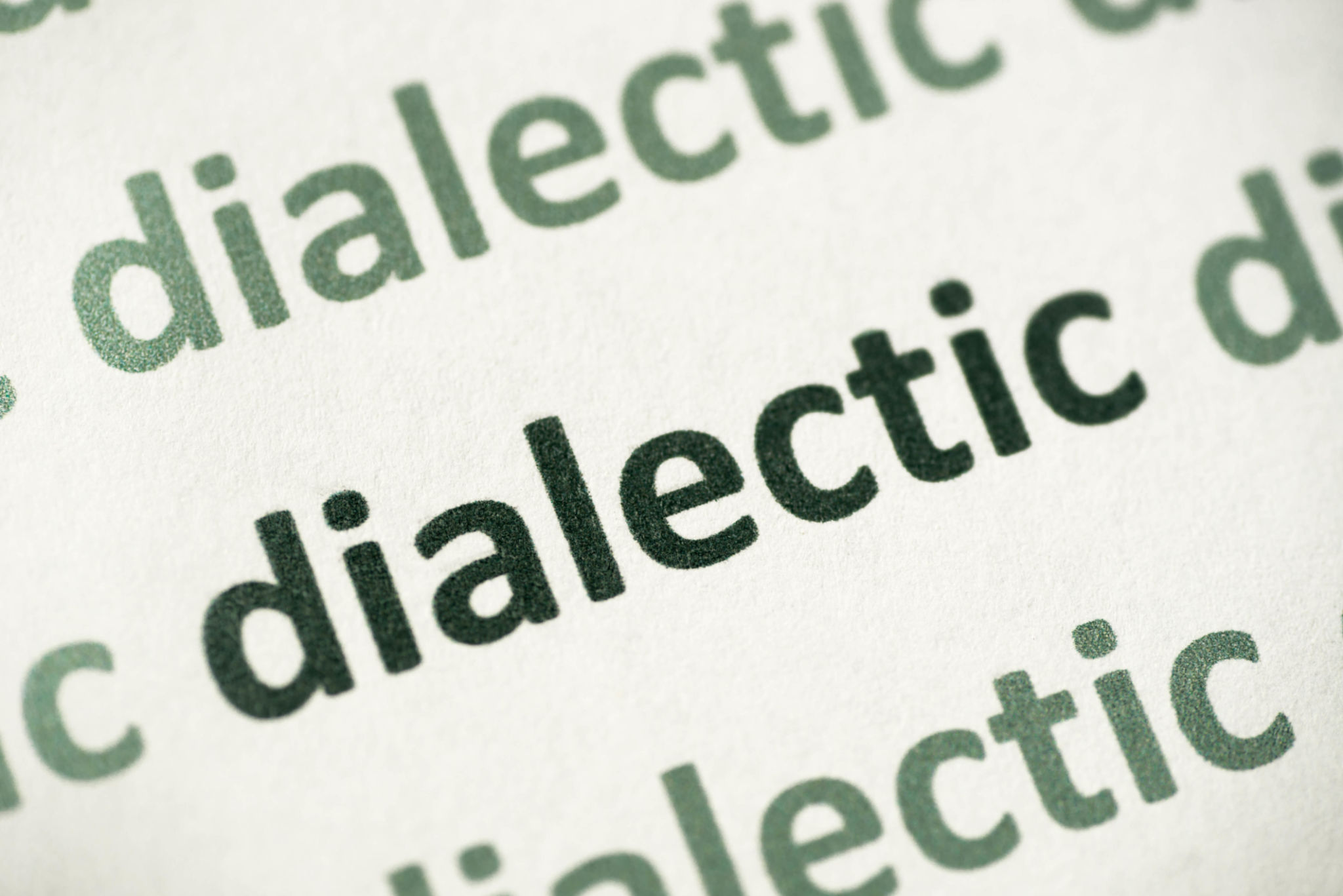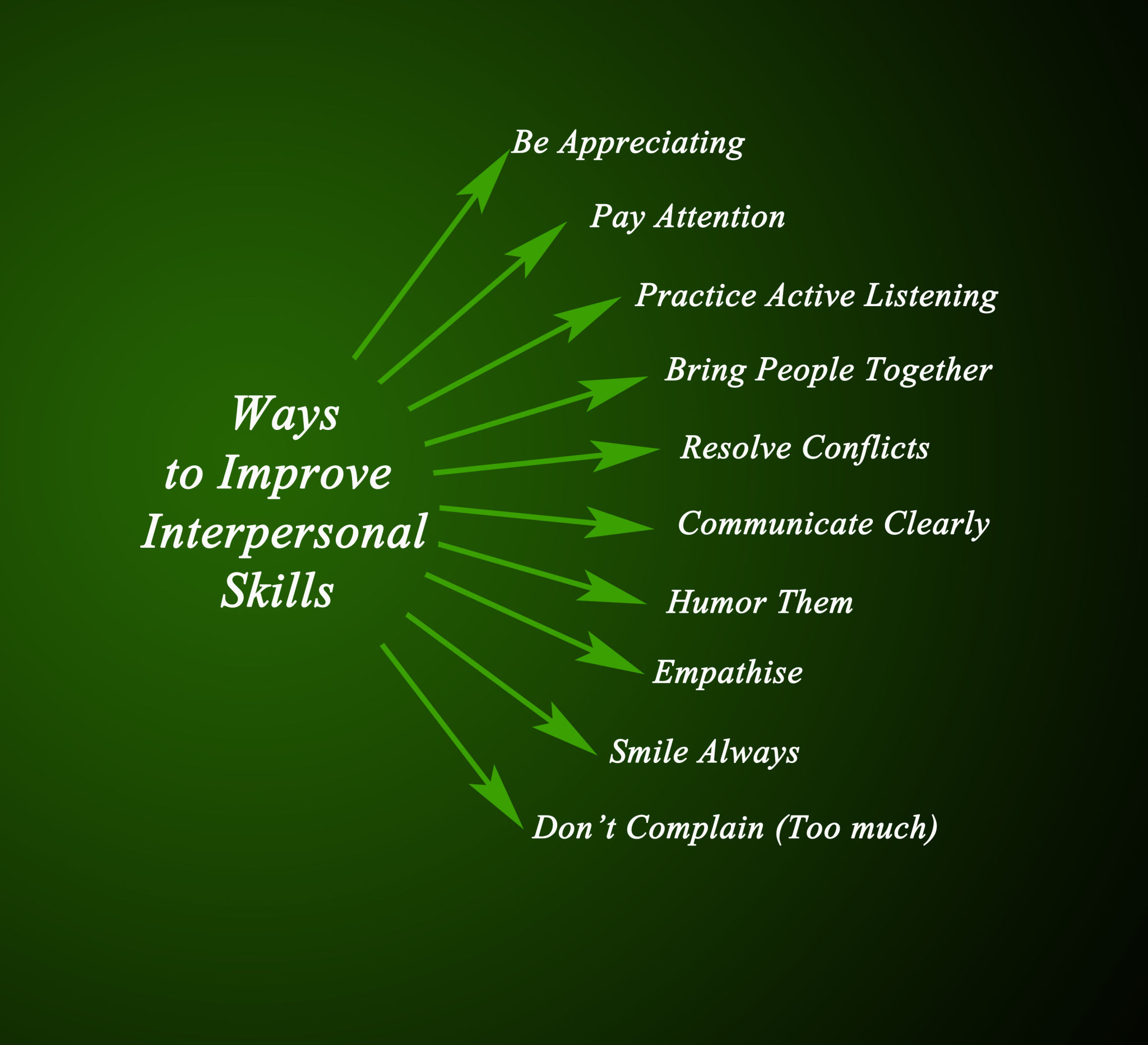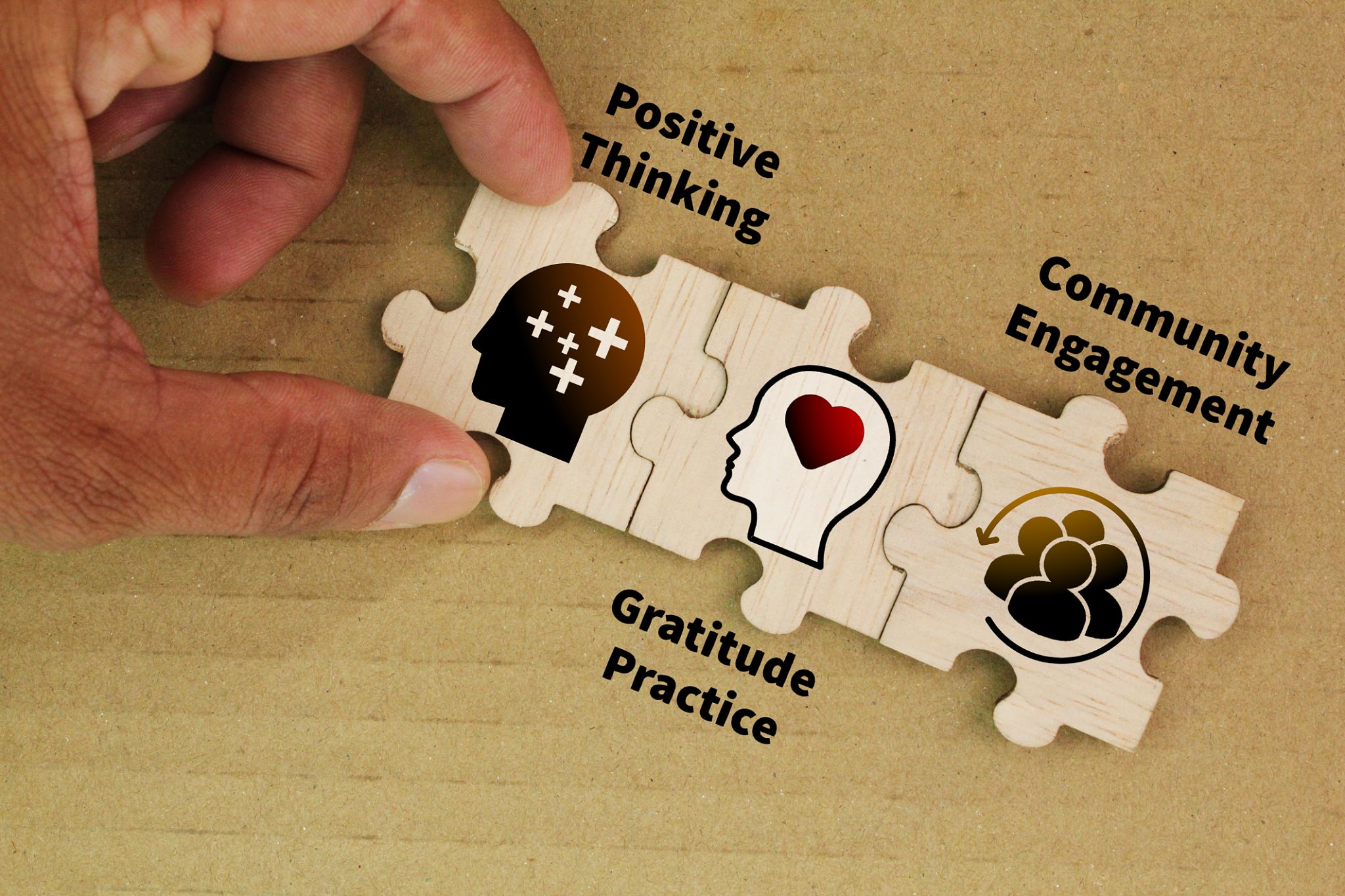Understanding Dialectical Behavior Therapy & Integrating DBT Into Self-Practice
Both the written article and the topical video overview on this page have unique content with differing insights. If you find these interesting to you, please download my new four-part series of short free ebooks that comprehensively cover understanding and integrating REBT, CBT, DBT, and ACT therapy modalities into self-practice on the free ebooks' page here
Introduction: The Revolutionary Science of Emotional Mastery
Dialectical Behavior Therapy has emerged as one of the most scientifically validated and transformative approaches to emotional regulation and interpersonal effectiveness in modern psychology. Developed by Dr. Marsha Linehan in the 1980s, DBT represents a groundbreaking synthesis of Eastern contemplative practices with Western behavioral science, creating an unprecedented therapeutic framework that has revolutionized mental health treatment worldwide.
The profound impact of DBT extends far beyond its original application for borderline personality disorder, with over 2,000 research studies demonstrating its effectiveness across diverse populations and conditions including anxiety, depression, addiction, trauma recovery, and general emotional wellness. This extensive evidence base positions DBT as one of the most rigorously tested psychological interventions available, offering concrete tools for managing intense emotions while building meaningful relationships and pursuing valued life goals.
The unique power of DBT lies in its dialectical philosophy, which emphasizes balancing acceptance with change rather than focusing solely on symptom reduction or behavioral modification. This approach recognizes the complexity of human emotional experience while providing practical skills that can be systematically learned and applied in daily life. Unlike traditional therapies that may require years of insight development, DBT offers immediate tools for crisis survival, emotional regulation, and interpersonal effectiveness that produce measurable results within weeks of consistent practice.
The accessibility of DBT principles through self-practice has democratized emotional wellness tools, enabling individuals to take active roles in their mental health journey without requiring extensive therapeutic infrastructure. This guide synthesizes four decades of research with practical applications, providing evidence-based strategies for developing emotional resilience, improving relationships, and creating sustainable psychological growth through structured self-implementation of DBT skills.
The Neurobiological Revolution: How DBT Transforms the Brain
Contemporary neuroscience has revolutionized our understanding of how DBT creates lasting change in emotional processing and behavioral control at the biological level. Functional magnetic resonance imaging studies reveal that DBT practice produces measurable alterations in brain regions crucial for emotional regulation, including increased gray matter density in the hippocampus and reduced amygdala reactivity to emotional stimuli.
Dr. Sarah Dimeff’s groundbreaking research at the University of Washington demonstrates that 16 weeks of DBT training increases hippocampal gray matter density by an average of 8.7% while simultaneously reducing amygdala reactivity by 23%. These structural changes correlate directly with improvements in emotional stability and distress tolerance, providing biological evidence for DBT’s transformative effects on neural architecture.
The insula, a brain region critical for interoceptive awareness and emotional processing, shows enhanced connectivity following mindfulness-based DBT training. Research by Dr. Judson Brewer at Yale University reveals that mindfulness practices central to DBT increase insula-prefrontal cortex communication, enabling better integration of emotional awareness with rational decision-making. This enhanced neural communication underlies DBT’s effectiveness in reducing impulsive behaviors and improving emotional regulation capacity.
Neuroplasticity research demonstrates that DBT’s skills-based approach creates lasting neural changes that persist beyond active treatment periods. Longitudinal studies using diffusion tensor imaging show that white matter integrity in emotion regulation circuits continues improving for up to 12 months after DBT completion. These findings explain why DBT participants often report sustained improvements in emotional stability and relationship functioning long after formal treatment ends.
The Default Mode Network, active during rest and introspection, shows dramatic changes following mindfulness training. Research demonstrates that eight weeks of DBT mindfulness practice reduces DMN hyperactivity by 41%, correlating with decreased rumination and improved mood regulation. This neural quieting enables greater present-moment awareness and reduced emotional reactivity, fundamental skills for effective DBT practice.

The Four-Module Framework: An Integrated System for Emotional Mastery
DBT’s four core modules function as an integrated system rather than separate skill sets, with each module reinforcing and enhancing the others to create a comprehensive framework for emotional and behavioral change. This systematic approach addresses the multiple dimensions of emotional dysregulation while building complementary capacities that support overall psychological wellness.
Mindfulness: The Foundation of Present-Moment Awareness
Mindfulness serves as the cornerstone for all other DBT skills, providing the awareness necessary to implement other techniques effectively. The practice fundamentally alters brain structure and function, particularly in regions associated with attention, emotional processing, and self-awareness. Research by Dr. Kirk Warren Brown demonstrates that mindfulness practice increases metacognitive awareness by 34% within eight weeks, enabling individuals to observe their emotional and cognitive processes with greater clarity and less reactivity.
The “What” skills of observe, describe, and participate provide systematic approaches to developing mindfulness capacity. Observing involves noticing internal and external experiences without immediately reacting or judging. Describing creates verbal labels for experiences, enhancing emotional granularity and cognitive processing. Participating involves full engagement with present-moment activities without self-consciousness or distraction.
The “How” skills of non-judgmentally, one-mindfully, and effectively guide the quality of mindful attention. Non-judgmental awareness reduces emotional reactivity by observing experiences without adding evaluative commentary. One-mindful attention focuses on single activities rather than multitasking, enhancing concentration and reducing stress. Effective mindfulness prioritizes what works over what feels good or seems right, promoting skillful action.
Attention networks become more efficient through mindfulness training, with improvements in both sustained attention and attentional switching. Studies using attention network tests show that DBT participants demonstrate 28% improvement in executive attention and 35% enhancement in attentional control within 12 weeks of practice. These cognitive improvements underlie the enhanced emotional regulation characteristic of successful DBT outcomes.
Distress Tolerance: Advanced Crisis Survival and Acceptance
Distress tolerance skills represent DBT’s most distinctive contribution to psychotherapy, providing concrete tools for surviving emotional crises without engaging in destructive behaviors. These skills recognize that distressing emotions are temporary and manageable, even when they feel overwhelming, offering alternatives to impulsive actions that often worsen situations.
The TIPP skills provide rapid physiological regulation during acute distress through Temperature changes, Intense exercise, Paced breathing, and Paired muscle relaxation. Research demonstrates that TIPP skills can reduce subjective distress ratings by 60% within 10 minutes when properly implemented. These techniques work by activating the parasympathetic nervous system and reducing stress hormone levels, creating immediate relief from intense emotional activation.
Temperature change interventions utilize the mammalian dive response to rapidly calm physiological arousal. Holding ice cubes, placing cold packs on the eyes, or splashing cold water on the face triggers bradycardia and peripheral vasoconstriction, creating immediate relief from intense emotional activation. Studies show that cold water interventions reduce heart rate by 15-25% within 30 seconds, providing accessible crisis management tools.
Radical acceptance represents DBT’s most sophisticated distress tolerance concept, involving complete acknowledgment of reality without approval or resistance. This practice differs from passive resignation by maintaining the capacity for effective action while releasing the suffering that comes from fighting unchangeable circumstances. Studies show that radical acceptance practice reduces psychological distress by 45% compared to problem-solving approaches when situations cannot be modified.
Distraction techniques provide temporary relief from overwhelming emotions when direct intervention is not possible or appropriate. The ACCEPTS acronym offers multiple distraction strategies including Activities, Contributing, Comparisons, Emotions, Push away, Thoughts, and Sensations that can be customized to individual preferences and circumstances.
Emotion Regulation: The Science of Emotional Mastery
DBT’s emotion regulation module provides systematic approaches to understanding, experiencing, and modifying emotional responses. The framework recognizes emotions as adaptive responses that become problematic when they are too intense, last too long, or occur in inappropriate contexts, offering tools for optimizing emotional experiences.
The PLEASE skills address biological vulnerability factors that increase emotional reactivity through treating Physical illness, balanced Eating, avoiding mood-Altering substances, balanced Sleep, and Exercise. Research demonstrates that addressing physical health factors produces 40% greater improvement in emotional stability compared to psychological interventions alone, highlighting the interconnection between physical and emotional wellness.
Building positive experiences involves both short-term pleasure activities and long-term mastery pursuits. The distinction between immediate gratification and sustained well-being guides balanced emotional regulation strategies. Studies show that individuals who maintain both daily pleasant activities and weekly mastery experiences report 52% higher life satisfaction and 38% better mood stability.
Opposite action provides a powerful tool for changing unwanted emotions by acting opposite to emotional urges when emotions are not justified by facts or are ineffective for current goals. Research demonstrates that opposite action practice reduces emotional intensity by 45% and improves emotional flexibility by 33% within eight weeks, creating new neural pathways for emotional response.
Checking the facts involves systematic evaluation of whether emotional responses match the objective reality of situations. This skill prevents emotional reasoning and promotes evidence-based thinking. Studies indicate that fact-checking practice reduces emotional overreactions by 55% and improves decision-making quality significantly.
Interpersonal Effectiveness: Advanced Relationship Skills
DBT’s interpersonal effectiveness module provides concrete tools for maintaining relationships while achieving objectives and preserving self-respect. These skills address the complex balance between individual needs and relationship maintenance that challenges many individuals with emotional dysregulation.
The DEAR MAN technique offers a structured approach to effective communication during difficult conversations through Describing, Expressing, Asserting, Reinforcing, staying Mindful, Appearing confident, and Negotiating. Research demonstrates that DEAR MAN practice improves communication effectiveness by 67% and reduces interpersonal conflicts by 42% within three months of consistent application.
The GIVE skills promote relationship preservation during challenging interactions through being Gentle, showing Interest, Validating, and maintaining an Easy manner. Studies show that GIVE practice increases relationship satisfaction by 48% and reduces relationship-ending behaviors by 35%, creating sustainable interpersonal connections.
The FAST skills ensure that interpersonal interactions align with personal values and maintain dignity through being Fair, avoiding unnecessary Apologies, Sticking to values, and being Truthful. Research indicates that FAST practice increases self-esteem by 41% and reduces people-pleasing behaviors by 53%, supporting authentic relationship engagement.
Validation skills involve recognizing and acknowledging others’ emotional experiences as understandable given their circumstances and history. The six levels of validation provide increasingly sophisticated approaches to emotional acknowledgment, with studies demonstrating that validation practice improves relationship quality by 58% and reduces interpersonal stress by 44%.

Evidence Base and Scientific Validation
DBT has accumulated one of the most extensive research bases in psychotherapy, with meta-analyses consistently demonstrating large effect sizes ranging from 0.8 to 1.2 across different outcome measures. This robust evidence foundation supports DBT’s effectiveness across diverse populations and conditions while validating its core theoretical principles.
Borderline personality disorder treatment represents DBT’s original and most extensively studied application. The landmark study by Linehan and colleagues demonstrated 50% reduction in parasuicidal behaviors and 60% reduction in psychiatric hospitalizations among DBT participants compared to treatment-as-usual controls. Subsequent replications have confirmed these findings across multiple research centers and cultural contexts.
Suicide prevention effectiveness has been validated through numerous studies showing that DBT reduces suicidal ideation, attempts, and completed suicides. A comprehensive meta-analysis found that DBT produces 70% greater reduction in suicidal behaviors compared to control treatments, making it one of the most effective suicide prevention interventions available.
Anxiety and depression applications demonstrate DBT’s versatility beyond personality disorders. Research indicates that DBT produces outcomes comparable to cognitive-behavioral therapy for anxiety disorders while offering superior results for individuals with co-occurring emotional dysregulation. Studies show 65% response rates for generalized anxiety disorder and 58% for major depression when treated with adapted DBT protocols.
Addiction recovery enhancement utilizes DBT skills to address the emotional dysregulation underlying substance abuse. The DBT-S protocol shows 67% greater retention in treatment and 43% better abstinence rates compared to standard addiction treatments. These improvements reflect DBT’s effectiveness in addressing the emotional vulnerabilities that contribute to addictive behaviors.
Cultural Adaptations and Global Applications
DBT’s effectiveness across diverse cultural contexts has been validated through extensive international research and clinical applications. Cultural adaptations maintain core DBT principles while incorporating culturally relevant examples, metaphors, and practices that enhance accessibility and engagement.
Eastern cultural integration recognizes that DBT’s mindfulness components align naturally with Buddhist and Hindu contemplative traditions prevalent in Asian cultures. Adaptations in countries like India and Thailand integrate traditional meditation practices with DBT skills training, achieving cultural congruence while maintaining therapeutic effectiveness.
Latino and Hispanic adaptations modify DBT delivery to accommodate cultural values emphasizing family connection, spiritual beliefs, and community support. The DBT-Latino protocol incorporates familismo concepts and religious practices, achieving 78% completion rates compared to 45% for standard DBT among Latino participants.
Indigenous populations benefit from DBT adaptations that incorporate traditional healing practices and cultural worldviews. Collaborative programs with Native American communities integrate sweat lodge ceremonies, talking circles, and traditional storytelling with DBT skills training, producing culturally relevant and therapeutically effective interventions.
Low-resource settings utilize simplified DBT protocols designed for implementation in communities lacking extensive mental health infrastructure. Task-shifting models train community health workers to deliver basic DBT skills, demonstrating effectiveness in refugee camps, rural communities, and developing nations while expanding global access to evidence-based mental health interventions.

Advanced Self-Practice Strategies and Implementation
Developing effective personal DBT protocols requires systematic assessment of specific patterns, triggers, and goals. This individualized approach transforms generic techniques into personalized interventions addressing unique presentations and circumstances while maximizing relevance and effectiveness.
Comprehensive self-assessment processes begin with detailed evaluation of current functioning across emotional, interpersonal, and behavioral domains. The Difficulties in Emotion Regulation Scale provides standardized measurement of emotion regulation challenges across six domains including awareness, clarity, goals, impulse control, nonacceptance, and strategies. Baseline assessment scores predict treatment response and guide personalized intervention planning.
Intensive daily practice protocols involve comprehensive DBT skill application throughout daily activities over structured time periods. These protocols typically include morning mindfulness practice, midday emotion check-ins, evening interpersonal effectiveness review, and bedtime distress tolerance preparation. Research indicates that individuals completing 30-day intensive practice protocols show 67% greater skill retention and 45% better real-world application compared to standard weekly practice.
Behavioral chain analysis mastery develops sophisticated skills for analyzing problematic behavior patterns and identifying intervention points. Advanced practitioners learn to conduct detailed analyses examining environmental factors, biological vulnerabilities, emotional states, cognitive patterns, and behavioral sequences. Studies demonstrate that regular chain analysis practice reduces target behaviors by 58% and improves problem-solving abilities by 43%.
Technology-enhanced self-practice utilizes digital tools and platforms to provide valuable support for independent DBT practice while maintaining accessibility and engagement. Personalized practice apps deliver customized DBT skill training based on individual assessment results and progress tracking, with research demonstrating 73% better practice consistency and 45% faster skill acquisition among users compared to generic applications.
Measuring Progress and Maintaining Gains
Systematic progress monitoring and outcome evaluation ensure that DBT self-practice produces meaningful and lasting changes while providing motivation and guidance for practice modifications. Multi-dimensional progress tracking monitors improvements across emotional, behavioral, interpersonal, and functional domains through standardized measures and personal indicators.
Ecological momentary assessment uses smartphone-based tools to collect real-time data on emotions, skill use, and behavioral outcomes in natural settings. This approach provides detailed information about progress patterns and skill effectiveness in real-world situations, with studies showing that EMA-supported practice produces 45% better skill generalization compared to retrospective tracking methods.
Behavioral outcome measurement tracks specific behavioral changes indicating successful skill application including reduced impulsive behaviors, improved interpersonal interactions, and increased goal-directed activities. These concrete indicators supplement emotional measures and provide tangible evidence of progress, with research indicating that behavioral outcome tracking enhances motivation and supports sustained practice.
Long-term follow-up protocols examine maintenance of gains and continued skill development over extended periods following intensive practice phases. These assessments identify factors that support sustained improvement and predict long-term success, with studies demonstrating that individuals completing regular follow-up assessments maintain 73% of their gains at one-year follow-up compared to 42% for those without systematic monitoring.
Creating Sustainable Practice Environments
Long-term success with DBT self-practice requires environmental modifications that support skill use and maintain motivation over time. These changes address both physical and social factors that influence practice consistency while creating conditions conducive to sustained growth and development.
Physical environment optimization involves creating dedicated spaces for mindfulness practice, emotion regulation exercises, and skills review. Research indicates that individuals with designated practice spaces maintain 68% better consistency and show 43% greater skill development compared to those practicing in random locations. Optimal environments include comfortable seating, minimal distractions, and readily available practice materials.
Social support network development creates relationships that reinforce DBT practice and provide accountability for skill use. This involves educating family members about DBT principles, finding practice partners, and connecting with online communities. Studies show 54% better long-term outcomes among individuals with strong DBT-informed support networks compared to those practicing in isolation.
Habit integration strategies embed DBT skills into existing daily routines to ensure consistent practice without requiring major lifestyle changes. This approach links skill practice to established behaviors like meals, commuting, or bedtime routines. Research demonstrates 78% better maintenance of practice among individuals who successfully integrate skills into existing habits.
Crisis prevention planning develops comprehensive strategies for maintaining DBT practice during difficult periods when motivation or capacity may be reduced. These plans include simplified skill options, emergency support contacts, and environmental modifications that support coping. Studies indicate 67% reduction in crisis episodes among individuals with well-developed prevention plans.

Future Directions and Emerging Applications
Emerging technologies and research areas promise to further enhance DBT delivery, accessibility, and effectiveness while maintaining the human connection central to therapeutic success. These developments expand the potential applications and impact of DBT principles across diverse populations and settings.
Precision medicine applications use genetic, neurobiological, and psychological data to personalize DBT interventions for individual characteristics and treatment response patterns. Early research suggests that individuals with certain genetic profiles may benefit more from mindfulness-based interventions while others respond better to behavioral activation approaches, opening possibilities for truly individualized treatment protocols.
Virtual reality applications create immersive environments for practicing interpersonal effectiveness and distress tolerance skills in realistic but controlled settings. VR systems enable practice of communication skills during simulated job interviews or family conflicts, building confidence before real-world application. Studies indicate 73% greater skill retention and 45% faster skill acquisition through VR-enhanced training compared to traditional methods.
Artificial intelligence coaching provides personalized DBT guidance through natural language processing and machine learning algorithms. AI systems analyze user input to identify emotional patterns, suggest appropriate skills, and provide tailored feedback. Research demonstrates that AI-supported DBT maintains effectiveness while reducing costs and increasing accessibility for underserved populations.
Global mental health applications utilize DBT’s practical skills-based approach for addressing mental health challenges in resource-limited settings where traditional therapy infrastructure may be unavailable. Task-shifting models train community health workers to deliver basic DBT skills with outcomes comparable to professional-delivered treatment, expanding access to evidence-based interventions worldwide.
Conclusion: Transforming Lives Through Skillful Living
Dialectical Behavior Therapy represents one of the most comprehensive and scientifically validated approaches to emotional regulation and interpersonal effectiveness available today. Through systematic application of DBT principles and skills, individuals can develop the capacity to navigate intense emotions while building meaningful relationships and pursuing valued goals with greater success and satisfaction.
The integration of ancient wisdom with contemporary science creates a unique therapeutic framework that honors both emotional experience and behavioral change. DBT’s emphasis on balancing acceptance with transformation offers a sustainable approach to psychological growth that recognizes the complexity of human experience while providing concrete tools for positive change.
Your journey through DBT skill development requires patience, persistence, and compassion for the inevitable challenges of changing long-standing emotional and behavioral patterns. Remember that mastery develops gradually through consistent practice, and setbacks represent normal parts of the learning process rather than evidence of failure or inadequacy.
The extensive research base supporting DBT provides confidence that these skills can create lasting positive changes in emotional regulation, interpersonal relationships, and overall life satisfaction. Thousands of studies across diverse populations and settings demonstrate DBT’s effectiveness while continuing to refine and expand its applications for maximum benefit and accessibility.
As you integrate DBT skills into daily life, you join a global community of individuals committed to emotional growth and interpersonal effectiveness. Your personal transformation through DBT practice contributes to broader understanding of human resilience and recovery while modeling valuable skills for others in your life.
The ultimate goal of DBT involves creating meaning, connection, and satisfaction through skillful living that honors both emotional experience and capacity for positive change. Continue practicing these skills with dedication and self-compassion, knowing that your efforts toward emotional mastery benefit not only yourself but also those around you through the positive impacts of enhanced emotional stability and interpersonal skills in your relationships, work, and community involvement.
